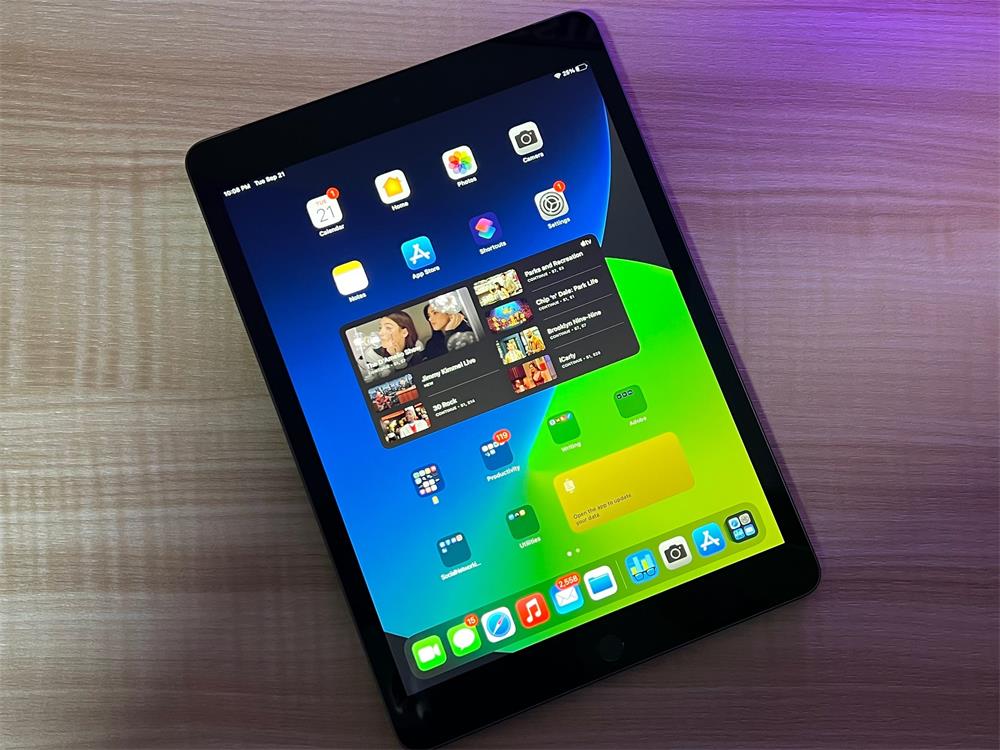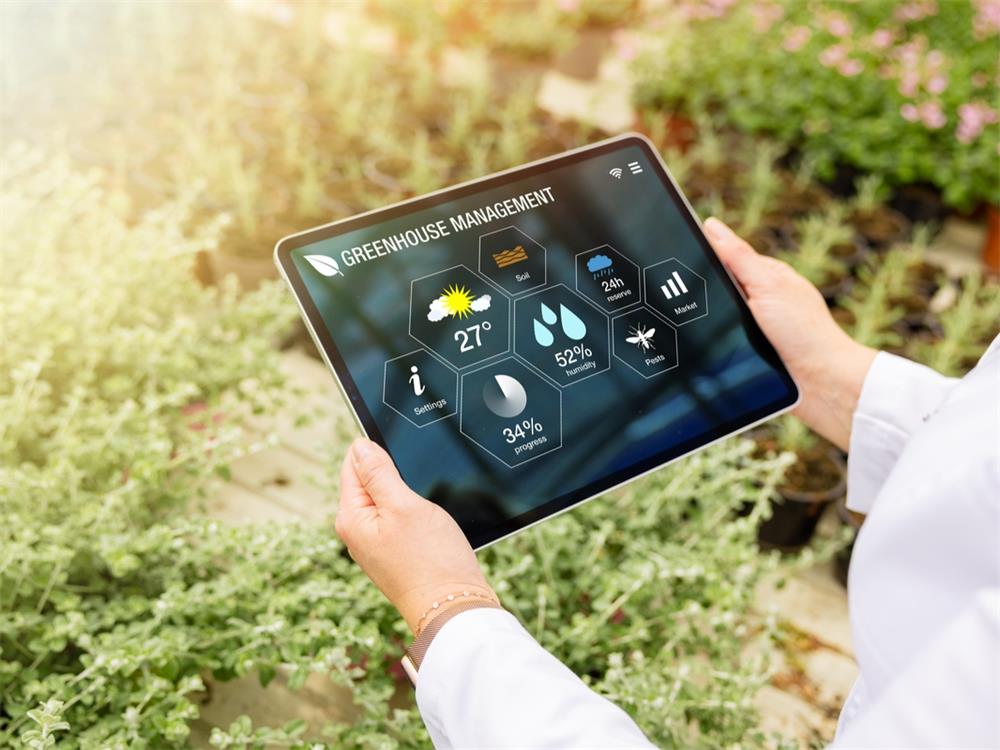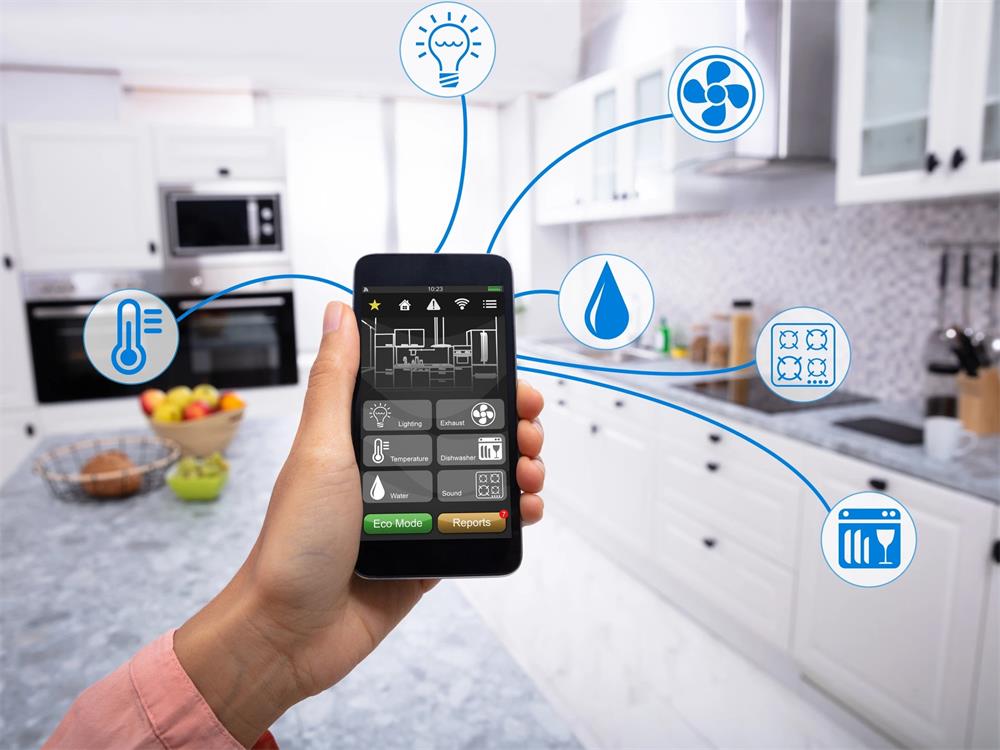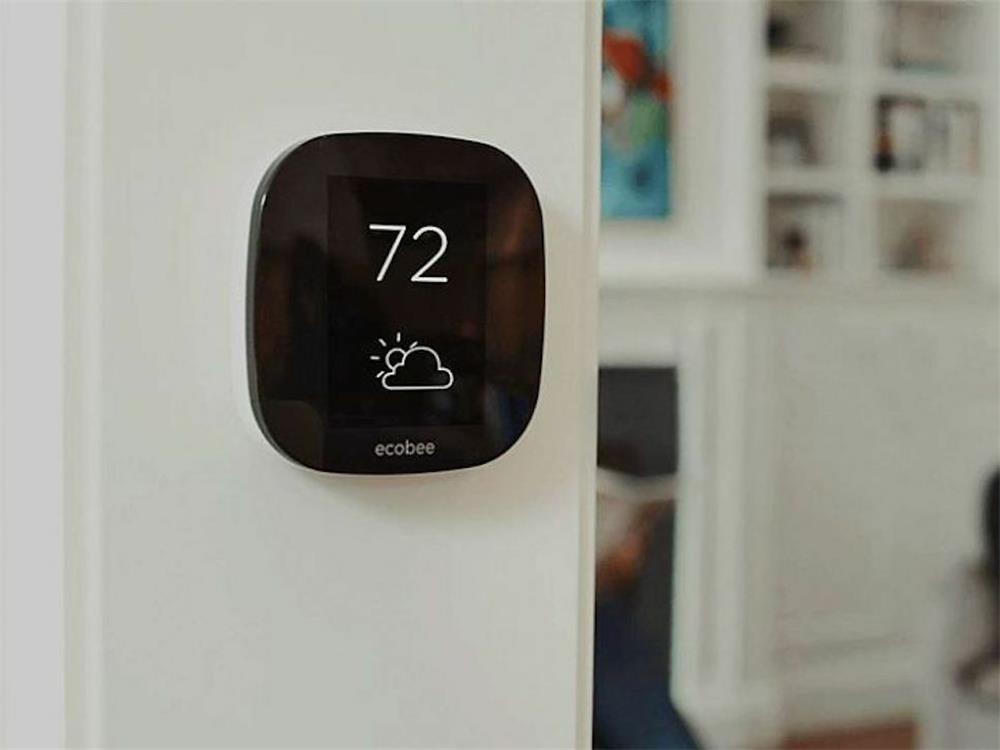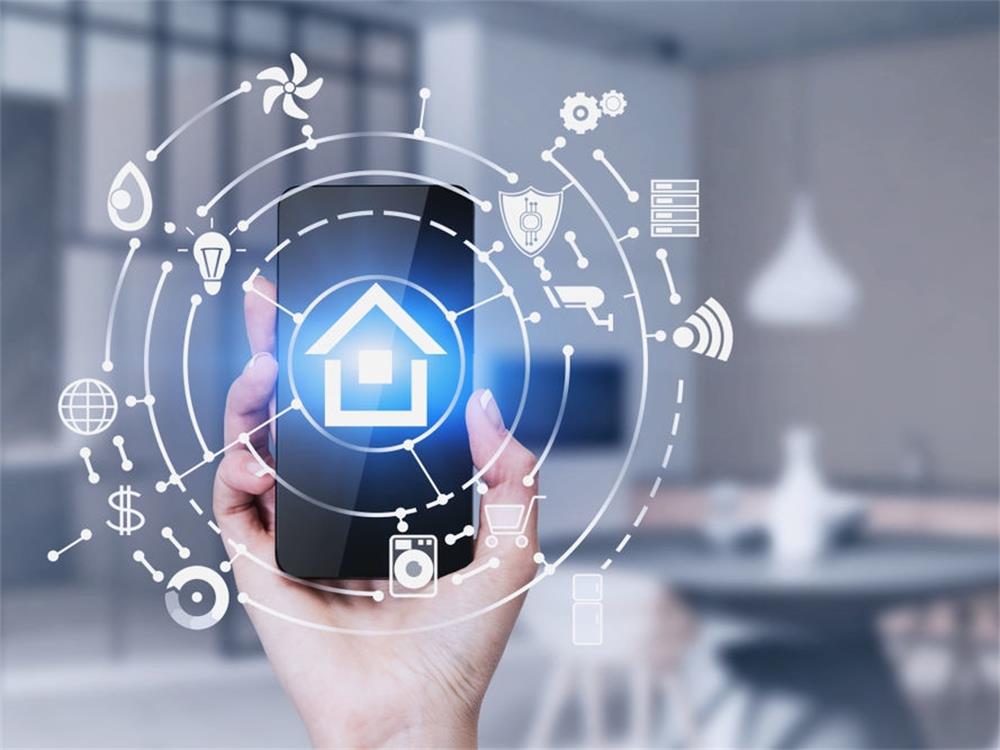Contents
Gardening is a rewarding hobby, but it can also be challenging and time-consuming. You need to monitor the soil moisture, temperature, light, and nutrients of your plants, as well as weed, water, and mow your lawn regularly. Fortunately, technology can help you automate some of these tasks and make your gardening easier and more efficient. Here are some of the best smart gardening devices that you can use to keep your plants healthy and happy.
Smart Sprinklers
Smart sprinklers are home garden automation devices that optimize the moisture level of your plants. You can control them with your smartphone or voice assistant, and they can also adjust themselves based on the weather forecast and the soil conditions. Some smart sprinklers can even detect leaks and save water. Some examples of smart sprinklers are:
- Rachio 3 Smart Sprinkler Controller: This device can replace your existing sprinkler controller and connect to your Wi-Fi network. It can water up to 16 zones in your garden, and it works with Alexa, Google Assistant, Apple HomeKit, and other smart home platforms. It also integrates with Weather Intelligence Plus, a feature that uses satellite, radar, and weather station data to adjust watering schedules automatically. You can also monitor and manage your sprinkler system from anywhere with the Rachio app.
- Orbit B-hyve Smart Hose Faucet Timer: This device attaches to your outdoor faucet and hose and allows you to control your watering from your smartphone or tablet. You can set up schedules, timers, and zones, and also use the WeatherSense technology that adjusts watering based on the weather and soil conditions. You can also use voice commands with Alexa or Google Assistant to turn the water on or off.
- Eve Aqua Smart Water Controller: This device connects to your faucet and hose and lets you water your plants with Siri or the Eve app. You can set up schedules, track water consumption, and automate watering based on the weather. It also works with Apple HomeKit, so you can integrate it with other smart home devices.
Smart Plant Sensors
Smart plant sensors are devices that measure various parameters of your plants, such as soil moisture, temperature, light intensity, pH level, and fertilizer level. They can send alerts to your smartphone or tablet when your plants need attention, and they can also give you tips and advice on how to care for them better. Some examples of smart plant sensors are:
- VegTrug Grow Care Garden: This device is a solar-powered sensor that monitors the moisture, light, temperature, and fertilizer level of your plants. It connects to your smartphone via Bluetooth and sends you notifications when your plants need water or fertilizer. You can also access a database of over 6,000 plants and get personalized recommendations for each one.
- Flower Care Smart Monitor³: This device is a battery-powered sensor that measures the moisture, light, temperature, and conductivity of your plants. It connects to your smartphone via Bluetooth and sends you real-time data and alerts. You can also scan a QR code on the device to access a library of over 5,000 plants and get detailed information and tips for each one.
- GARDENA Smart Sensor: This device is a solar-powered sensor that tracks the moisture, light, and temperature of your plants. It connects to the GARDENA smart system app via a gateway device that plugs into your router. You can view the data on your smartphone or tablet, and also use it to control other GARDENA smart devices, such as smart sprinklers, smart lawn Mowers, smart pumps, and smart lights.
Smart Lawn Mowers
Smart lawn mowers are robotic devices that can cut your grass automatically without any human intervention. You can set up boundaries for them with wires or GPS, and they can navigate around obstacles and slopes. You can also control them with your smartphone or voice assistant, and they can return to their charging station when they run low on battery. Some examples of smart lawn mowers are:
- LUBA AWD Series: This device is a state-of-the-art mower that uses cutting-edge technology to deliver a picture-perfect lawn with a hands-free operation. It is the first and only perimeter wire-free lawn mower that can handle up to 5000m² (1.24 acres) and 75% slope. It features quick setup, all-wheel drive, multi-zone management, smart app control, obstacle avoidance,
and cm-level accuracy mapping. - Robomow RX20: This device is an entry-level mower that can cover up to 200m² (0.05 acres) of lawn in one charge. It has a cutting height of 15-45mm, and a cutting width of 18cm. It can handle slopes of up to 15%, and it has a rain sensor that stops the mowing when it detects rain. You can control it with the Robomow app or Alexa, and also use the remote control for manual operation.
- Husqvarna Automower 450X: This device is a premium mower that can handle up to 5000m² (1.24 acres) of lawn in one charge. It has a cutting height of 20-60mm, and a cutting width of 24cm. It can handle slopes of up to 45%, and it has a weather timer that adjusts the mowing frequency according to the grass growth. You can control it with the Automower Connect app or Google Assistant, and also use the GPS navigation and anti-theft features.
Pros and Cons of Smart Gardening Devices
Smart gardening devices can offer many benefits for your plants and your convenience, but they also have some drawbacks that you should consider before buying them. Here are some of the pros and cons of smart gardening devices:
Pros
- They can save you time and effort by automating some of the tedious and repetitive tasks in gardening, such as watering, weeding, and mowing.
- They can save you money and resources by optimizing the water and energy consumption of your garden, and reducing waste and overuse.
- They can improve the health and growth of your plants by providing them with the optimal conditions and care that they need, and alerting you when they need attention.
- They can enhance the beauty and functionality of your garden by adding smart lighting, security, and entertainment features that you can control with your smartphone or voice assistant.
Cons
- They can be expensive to buy and maintain, especially if you need multiple devices for different areas or types of plants in your garden.
- They can be complicated to set up and use, especially if they require wiring, pairing, or calibration, or if they are not compatible with your existing devices or platforms.
- They can be unreliable or inaccurate, especially if they depend on Wi-Fi, Bluetooth, or GPS signals, or if they are affected by weather, interference, or malfunction.
- They can be risky or harmful, especially if they are not secure from hackers, thieves, or vandals, or if they cause damage to your plants, animals, or property.
Conclusion
Smart gardening devices are a great way to make your gardening easier and more efficient. They can help you monitor and control the moisture, temperature, light, and nutrients of your plants, as well as weed, water, and mow your lawn automatically. However, they also have some drawbacks that you should weigh before buying them, such as their cost, complexity, reliability, and safety. Ultimately, the best smart gardening devices for you depend on your needs, preferences, budget, and compatibility with your garden and smart home system.


